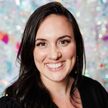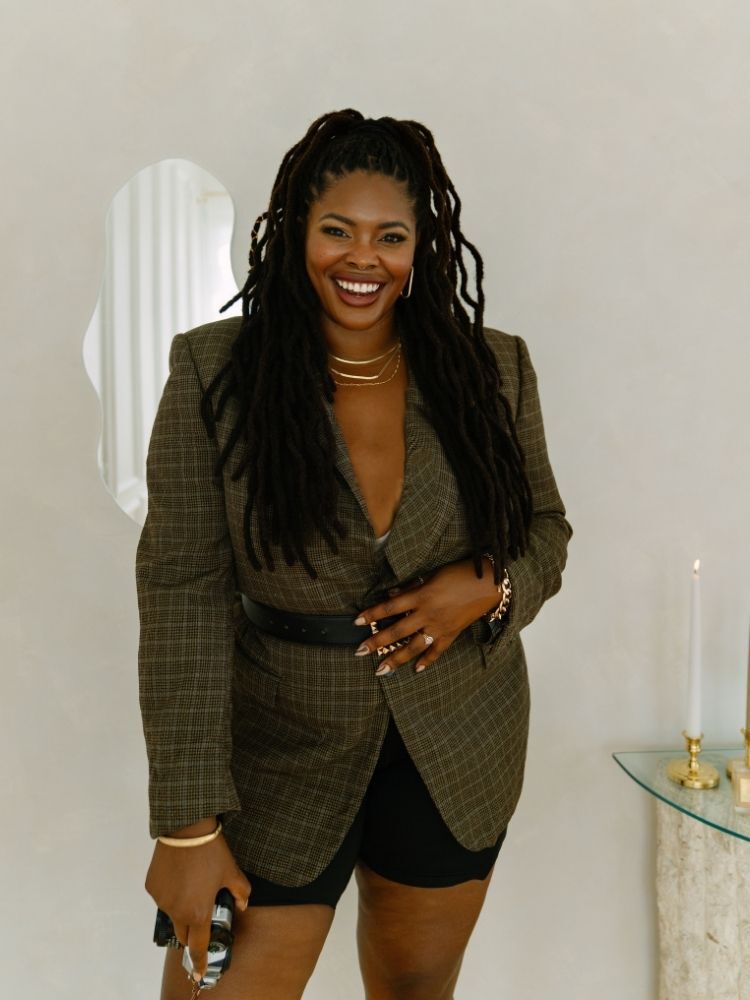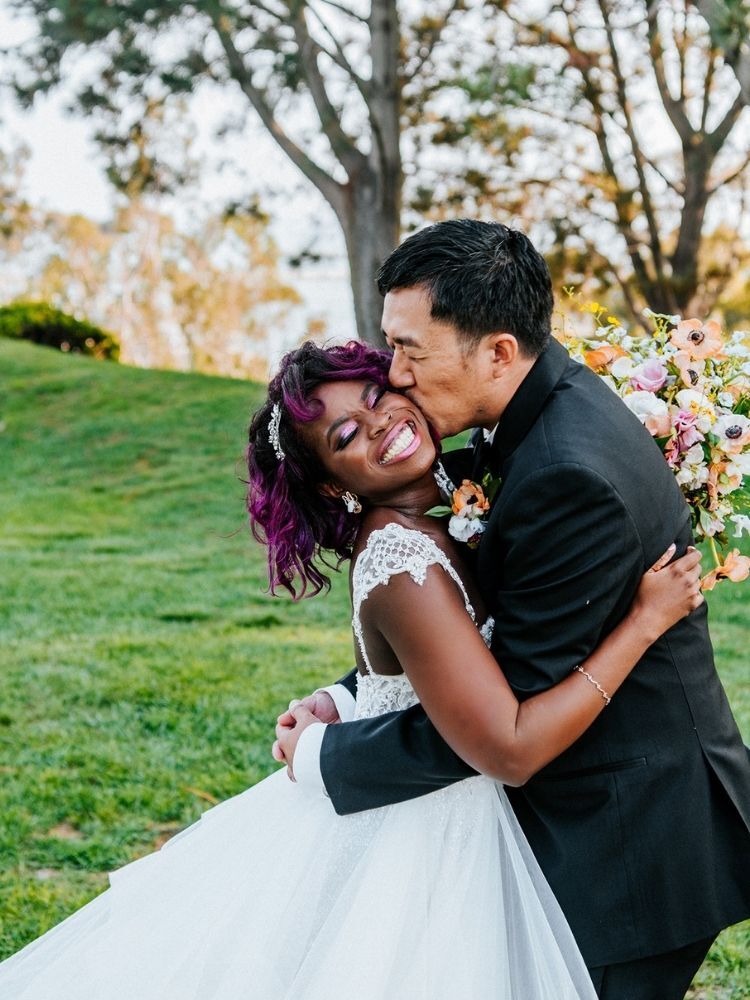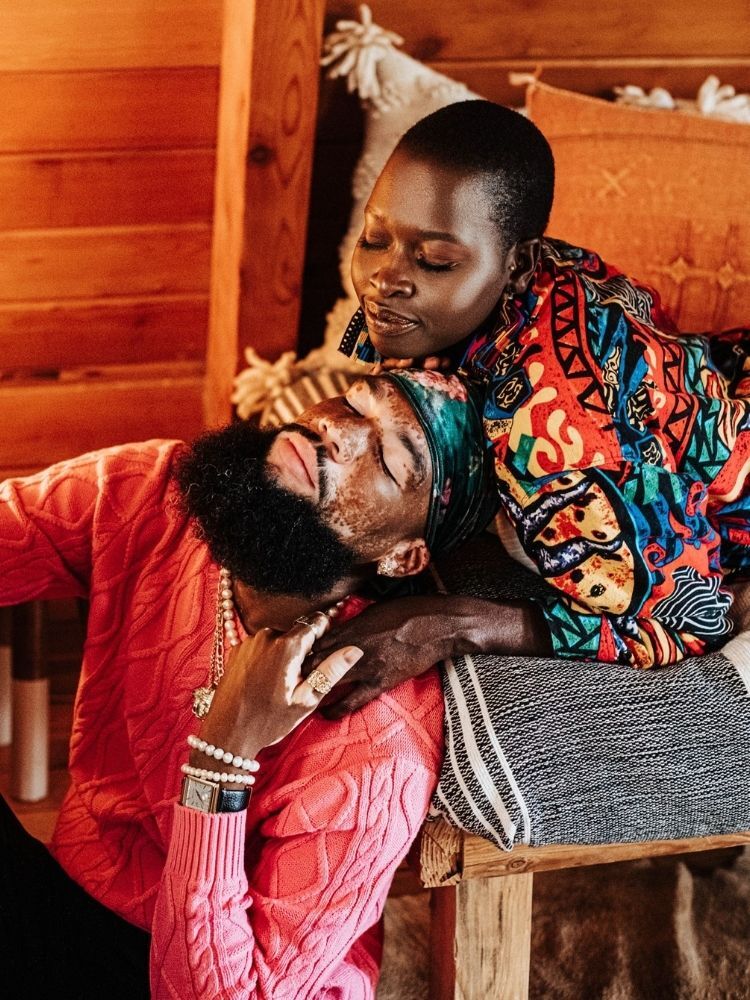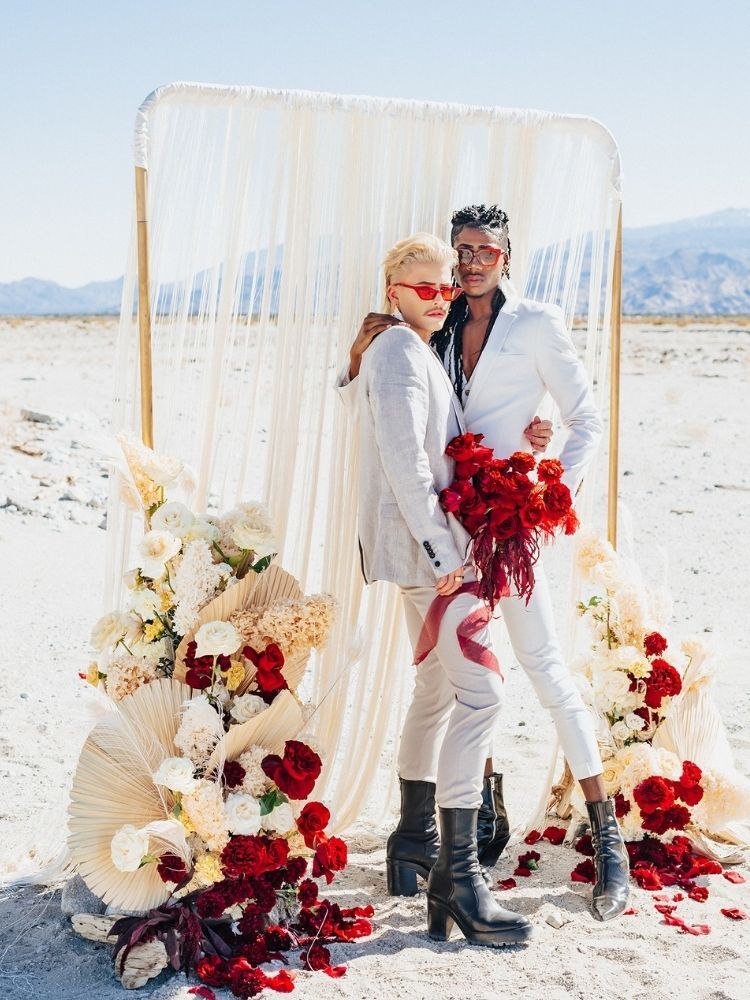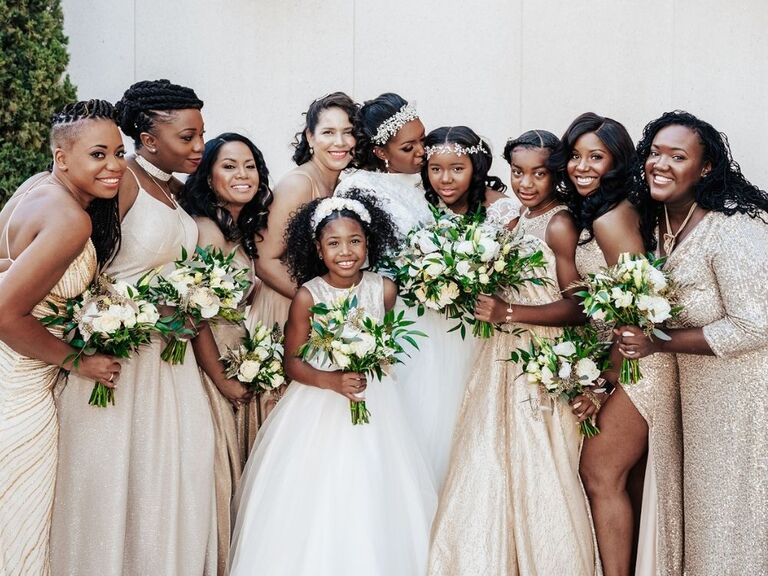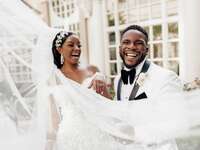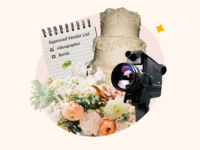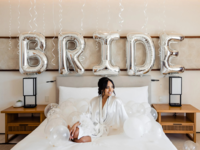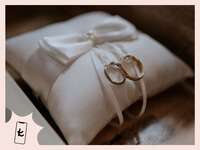What a Wedding Photographer Wants You to Know About Photographing Dark Skin Tones
Picture this: you spent months planning your wedding, you hired a photographer to memorialize the day, you painstakingly shopped for an epic wedding ensemble—the wedding day comes and goes and you can't wait to reminisce as you scroll through the album your wedding photographer just delivered. But the moment you open those images you're struck by one major let-down—you don't look like you. Your wedding day is supposed to be one of the best days of your life and, by all means, you deserve to look and feel your best on that day. Furthermore, you deserve to have the images commemorating your wedding accurately reflect the beauty that encapsulated you on the wedding day. This very situation is what inspired Erica Benson, wedding photographer and owner of Alternative Standards, to create a set of Lightroom photo-editing presets for wedding photographers called Melanin Magic, and to lean into education surrounding photographing melanated and dark skin tones.
"Being a Black woman who used to be in a biracial relationship, it really sucked taking photos together. If the exposure settings were set for me and my skin color, he was super blown out and, vice versa, if we exposed for him, I was nowhere to be found," explains Benson. "So I decided to start toying with the idea of making my own presets just so that both of us would not only be seen, but be accurately represented. I started a deep-dive on cameras and the history of presets only to find out that various hues of brown and melanin were only added to camera color profiles in 1970. When they were added it was not because Kodak cared to show melanin skin, but because companies that sold wood furniture were getting lawsuits for false advertising because the color of the wood was not accurately depicted in photographs. Wild, right?! So that started my mission with creating a preset that not only exposed every melanated color but showed how beautiful each color really is."
"I can't tell you how many times I've heard from the Black community about how disappointed they were to have their photographs taken only to receive images with their skin being completely orange—myself included. I saw a problem, so I made a solution. Melanin Magic presets were made out of both love and a little frustration."
In much the same way that each person's skin tone and complexion differ, it's vital that those beautifully different skin tones which make all to-be-weds unique be accurately captured on camera. Very rarely, in life and in weddings, do one size fits all solutions adequately solve a given problem. And the same is true when it comes to editing each person's beautifully varied complexion—from darker skin tones to lighter skin tones and everything in-between. No one person has the exact same shade of skin, so it's only logical that extreme care and personalization go into the process of capturing that fact on camera. No one wants to look whitewashed, orangey or even jaundiced in their images. But that's, unfortunately, something that regularly happens, especially with melanated skin tones.
"I like to explain it like this: what's the point of having the 400-color Crayola box of crayons if you're only going to color with 1 crayon? None of us is the same color, additionally, we all have our unique styles and preferences," explains Benson. "So when you find the perfect outfit, the best color lipstick for your skin tone, and get your hair just the right hue, wouldn't you want all those details you love accurately photographed? Over the years of photographing thousands of people, I've truly fallen in love with how unique and beautiful every person is and I want them to love themselves just the way they are, not manipulated into a skin tone they are not. So using a preset that was not originally created to depict all colors, is grossly doing both the photographer and client a huge disservice."
What Do Photographers Need to Know About Photographing Melanated Skin?
Lighting Matters
"Before we even get to editing, it all starts with how you photograph people," shares Benson. "A lot of photographers don't understand that light and lighting play a huge part in keeping and manipulating skin tones. For example, most people like to photograph during 'golden hour' (the 30-45 minutes of glow before the sun sets). Personally, I dislike 'golden hour' because all you get is yellow and you don't see any other color. However, there are ways around that. Instead of just relying on natural light, I always bring an additional light source like an external flash and maybe a reflector, softbox or diffuser just to have control of the white light and white balance that brings back color. Additionally, I am always adjusting my camera settings to expose for the highlights. Highlights maintain a lot of detail, one of the main details being color. I add as much light as I possibly can for my melanated clients and then get creative in post-production."
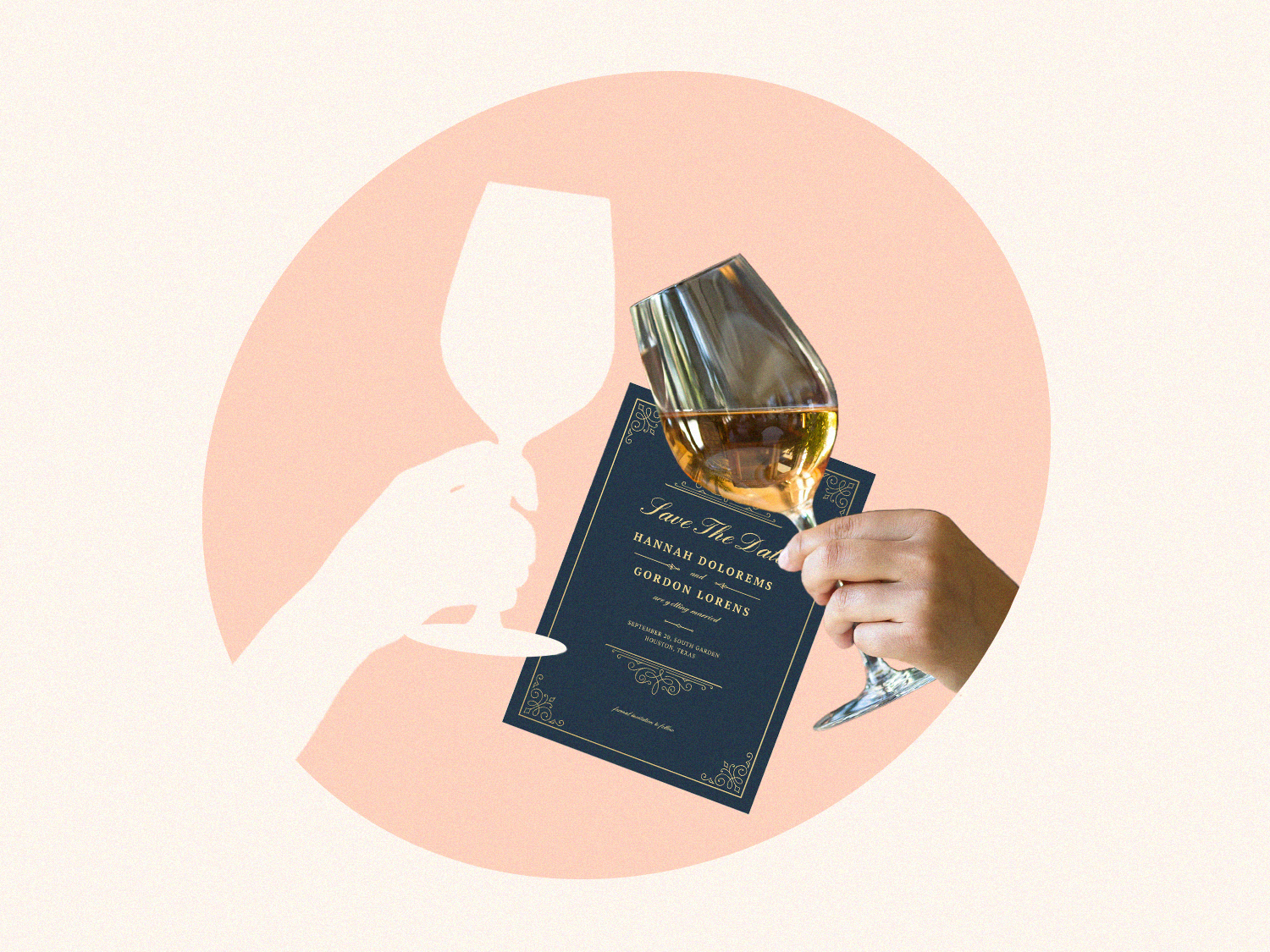
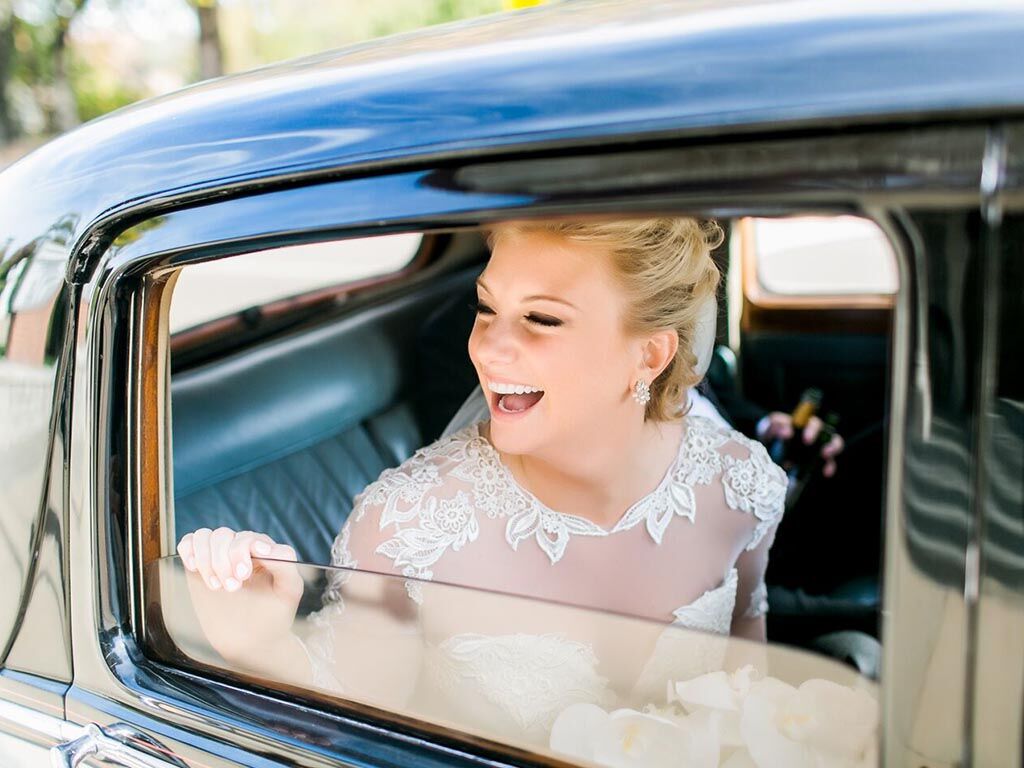
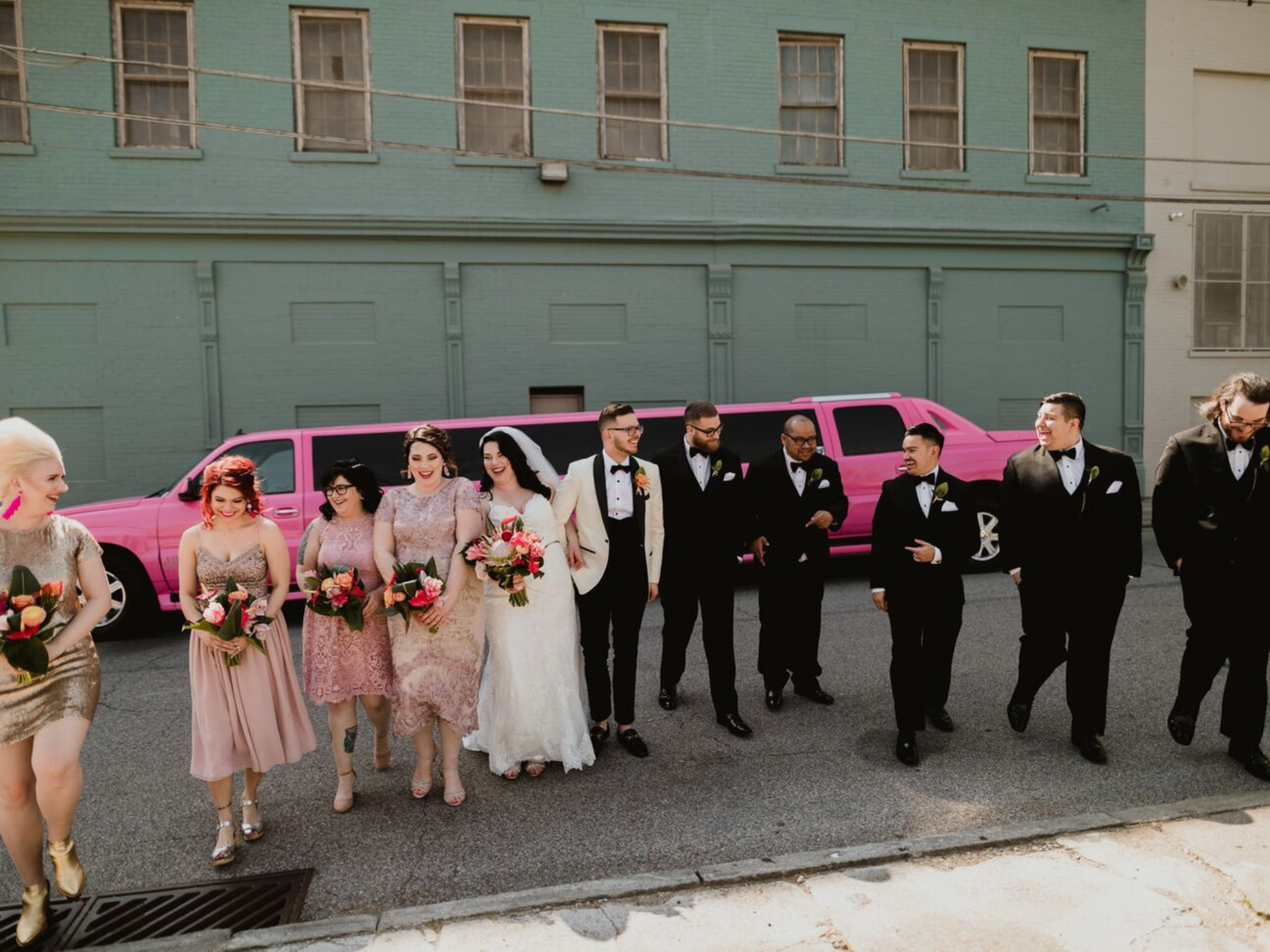
Be Intentional With Editing
Benson notes that spending a little extra time to ensure you're editing skin tones as accurately as possible is key to ensuring a couple's skin looks how it should, even if you have editing presets in place to help with post-processing. "Just taking the extra two seconds to add a brushstroke or radial filter to a melanated client would make the world of difference in a photograph," she explains. "Far too many people hope for a one-click edit without putting in the little additional work to make a photo magical."
What Do Couples Need to Know?
Proper Research is Key
"You want to trust your photographer. Wedding planning is stressful enough, hiring your photographer should be the fun part. You should feel comfortable with your photographer well before you hire them." Benson encourages to-be-weds to "stalk their socials, see how they talk to clients, see what they share in their stories, and how they share their lives. If you feel like you want to hang out with them outside of hiring them, I think that is the perfect indication that you vibe well with them and will have the best experiences with them on your wedding day."
Look Through Full Galleries Prior to Booking
"Always ask to see full galleries," emphasizes Benson. Take advantage of the fact that your wedding won't be your photographer's first time photographing and look through their body of work. Seeing a full gallery, not just social media highlights of their portrait photography, will give you a sense of how they handle everything from poorly lit venues with dark backgrounds to capturing details and facial features.
"Far too often marketing sucks clients into hiring a photographer that isn't ready to photograph them. Styled shoots are a very popular thing among photographers and I see a lot of portfolios that only consist of styled shoots, as opposed to real weddings. Styled photo shoots are great for content, but they are not realistic as to how many various lighting situations you'll have on your wedding day. The lighting won't always be golden, it won't always be even, it won't always be pretty and your photographer has to work with that." Benson goes on to note that, "if you don't see yourself represented in their work, feel free to ask them if they have photographed someone with melanated skin or if they are open to a test shoot. Don't feel obligated to hire a photographer if you aren't 100% confident in their abilities to help execute your vision."
Read Reviews
When booking, Benson emphasizes that beyond liking a photographer's style and portraiture, it's wise for couples to pay attention to whether they like a potential vendor's vibe—and reading reviews can do wonders when it comes to painting a full picture of the person you're interviewing. "Be conscious as to if you like them as a person and as a professional. You want to hire a photographer that makes you feel comfortable in front of the camera in addition to a photographer you can boss up and direct family photos and a rambunctious wedding party on your wedding day. Ask to see their reviews. Stalk them on The Knot. Get very comfortable in getting to know who they are and how they work not just with other couples but also with other wedding vendors." Along with reviews, Benson notes that you can also "ask them for vendor referrals if you're early in the process. Photographers and planners run the show on your wedding day and can help make sure the team of vendors you hire works well together."
Ask Potential Wedding Photographers Questions
Before committing to a wedding photographer, make sure to meet with them, either in-person or virtually, to ask them any logistical questions you might have (like how the wedding day will flow and how they handle shot lists). For camera-shy to-be-weds, this is also a great time to ask how the photographer ensures you feel at-ease in front of the lens on the big day. Beyond discussing the minutiae of the wedding day, a meeting will give you a sense of their overall vibe and if you click with them. After all, aside from your partner, your wedding photographer is probably the person you'll spend the most time with on your wedding day. Benson adds that to-be-weds shouldn't "be afraid to ask your photographer if they are comfortable in a room full of melanated people and multicultural experiences. I feel like this should go without saying, but your photographer should be comfortable around people, period." Even after you've booked your wedding photographer, keeping an open line of communication will ensure your wedding day runs smoothly.

